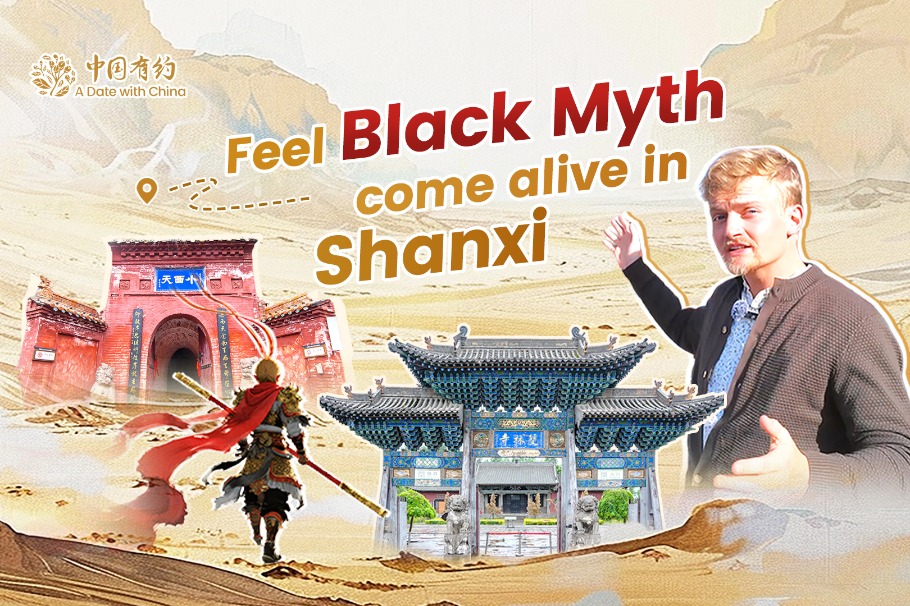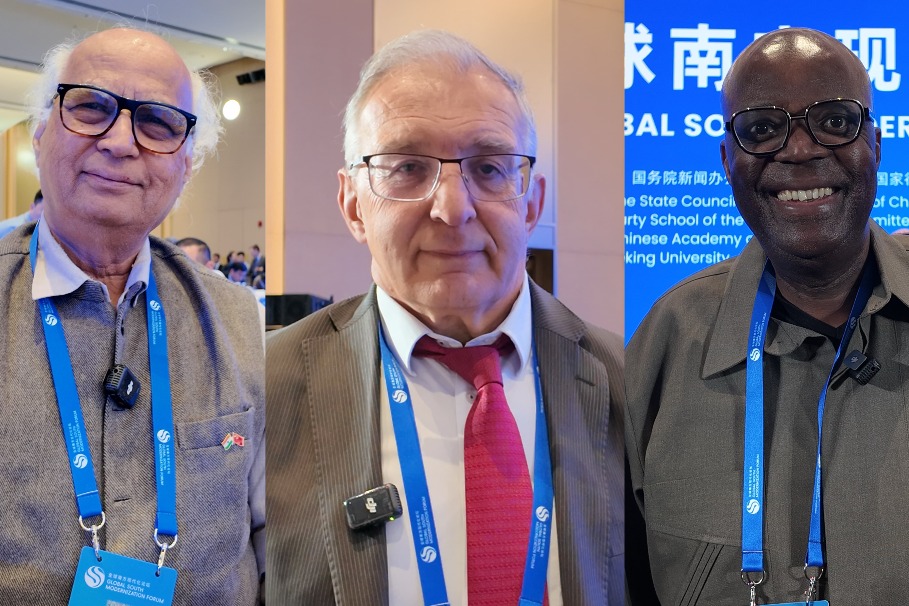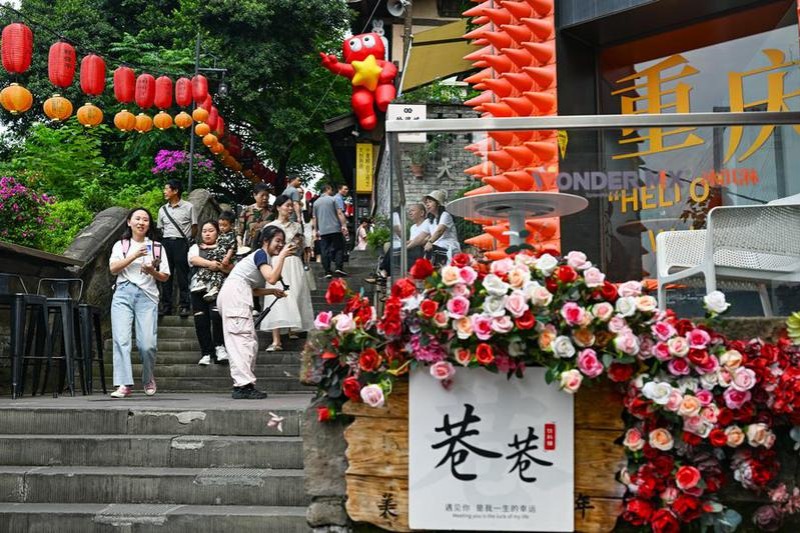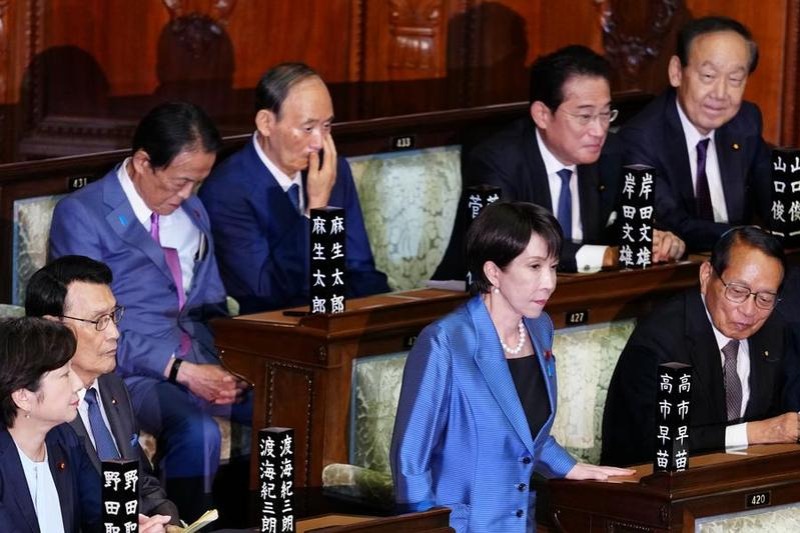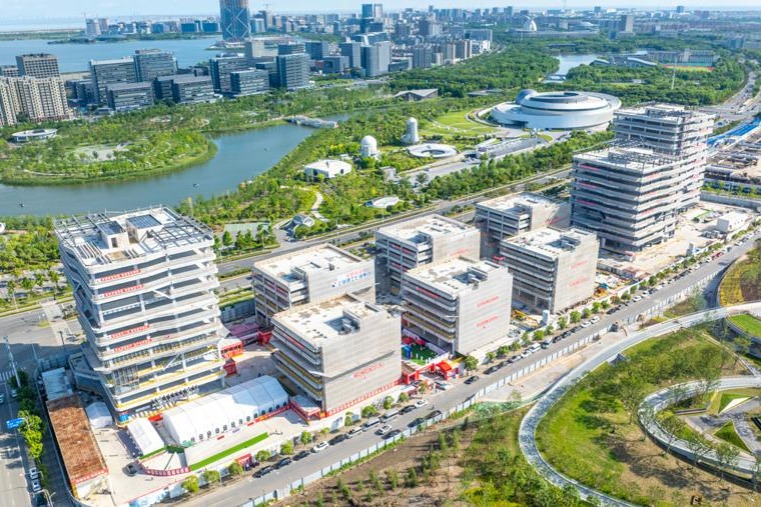Capturing life in Beijing's Qianmen-Dashilar

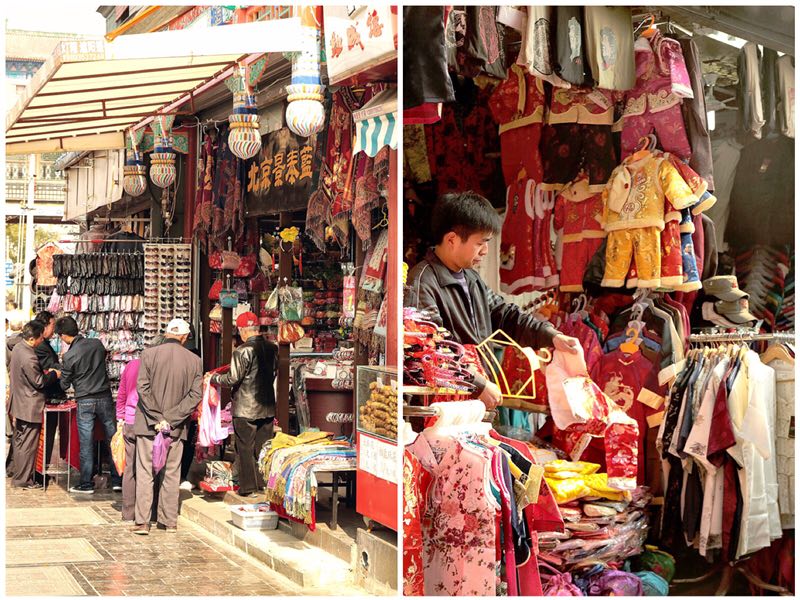
Next door, on Qianmen East Street, the Beijing Planning Exhibition Hall is worth visiting simply to view the large floor model of the city. But you can also see where Qianmen is in relation to the greater city, and be amazed at the haphazard layout of the alleys and lanes spreading southeast and southwest of Qianmen. This area is different from the more organized layout of hutong alleys to the north around Dongsi, Xisi and Zhonggulou, which regularly feature grand courtyard houses or siheyuan. Beijing’s narrowest alley, Qianshi or “money market” Hutong, is only 40 centimeters wide at its narrowest point. During the Qing it was the center of monetary exchange, with 26 mints producing copper coins for the city’s banks. Qianmen, particularly its western side, was home to several of China’s early financial houses — indeed, walk along West Heyan Street and there are several large European classical-style monetary buildings dating from late 19th to the early 20th century. Some have seen recent restoration work. A fascinating area to walk through late at night, when the streets are deserted.
Often I would sit at my breakfast cafe pondering over maps, wondering where to walk and explore. The area east of Qianmen Dajie provided, at that time, fascinating discoveries through areas of mainly low-rise residential and commercial buildings, including the “Underground City” — a maze of anti-nuclear evacuation tunnels that were open to visitors at that time, some converted into gift shops or workshops.
















